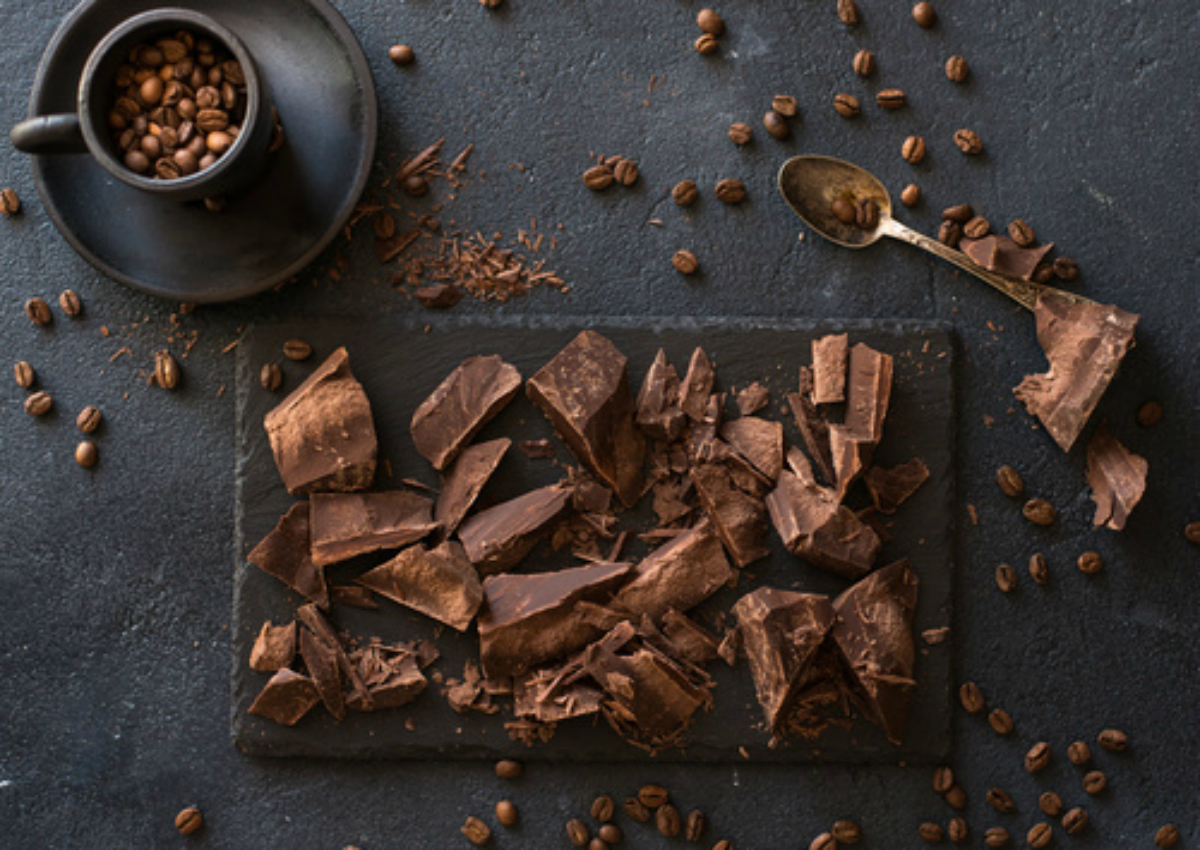
Euromonitor data show that healthy snacks sales will rise by 3% Compound Annual Growth Rate (CAGR) over 2016-2021 compared to ‘conventional’ snacks, which will only increase by 2%. While growth of ‘conventional’ snacks is boosted by emerging markets, it’s mature markets such as Western Europe and North America driving the growth of healthy snack, a trend that is expected to intensify. Snacks used to be biscuits, confectionery, crisps and soft drinks but consumers’ desire to migrate to snacking options with a higher emphasis on healthy, all-natural and free-from is redefining the industry, says Lianne van den Bos, global lead analyst at Euromonitor. We are now seeing a movement towards healthier snacks such as yoghurt, milk drinks, energy bars and nuts, as a growing segment of the non-snack food market is rebranding itself as snack replacements. Euromonitor forecasts that yoghurt and sour milk products will represent 15.8% of the snack market in 2021, up from 11.1% in 2002, while chocolate confectionery’s share of snack will decrease from 17.9% in 2002 to 16.2% in 2021.
How to remain relevant in the healthy snacking era
To change the growth trajectory of chocolate the chocolate industry is redesigning its offering from texture to flavor, ingredients to packaging. The Euromonitor presentation “Chocolate Strategy – Repositioning Indulgence To Remain Relevant In The Healthy Snacking Era”, highlights that while chocolate volumes are declining, values still offer a huge opportunity. Van den Bos explains, How we apply well-being is changing. Before it was reducing sugar, now it’s about high quality ingredients, better taste, and moderation. Some of the current value gain strategies in chocolate have been centred around its attributes. In fact, big successes have been booked by the sudden popularity of dark chocolate, which is positioned as a healthier alternative to other types of chocolate. She continues, If you’re going to go for chocolate which we know is bad, better go for the best kind of bad. Competing in the premium space means understanding evolved consumers’ needs, which should take into account emotion and self-expressive benefits. Small start-ups have tapped into social trends of personal well-being and changing lifestyle quicker than big food companies, eating their market share. 2016 saw a dip in the combined share of the top 20 companies, after years of growth. Van den Bos continues, In 2017, trying to change things for the better is becoming increasingly important. Living in a conflict-ridden world, consumers – especially younger consumers – want to enrich lives and preserve the earth’s natural resources. In this environment, their expectations regarding brands are growing.
The lesson of coffee
This disrupted consumers’ environment is not necessarily a threat but can become an opportunity for chocolate manufacturers who embrace it and respond to new consumers’ demands. Lessons can be learned from coffee’s revolutionary growth strategy which managed to turn a simple drink into a little luxury, a treat that fits in well with fast-paced lifestyles. In that sense, chocolate has a role to play to position itself towards mental well-being, a moment of premium indulgence, as opposed to competing against healthier snacks with reduced calories. When selling premium chocolate, consumers need to be educated on premium ingredients, cocoa content and origin, something for which foodservice outlets are a great point of contact, concludes van den Bos.

